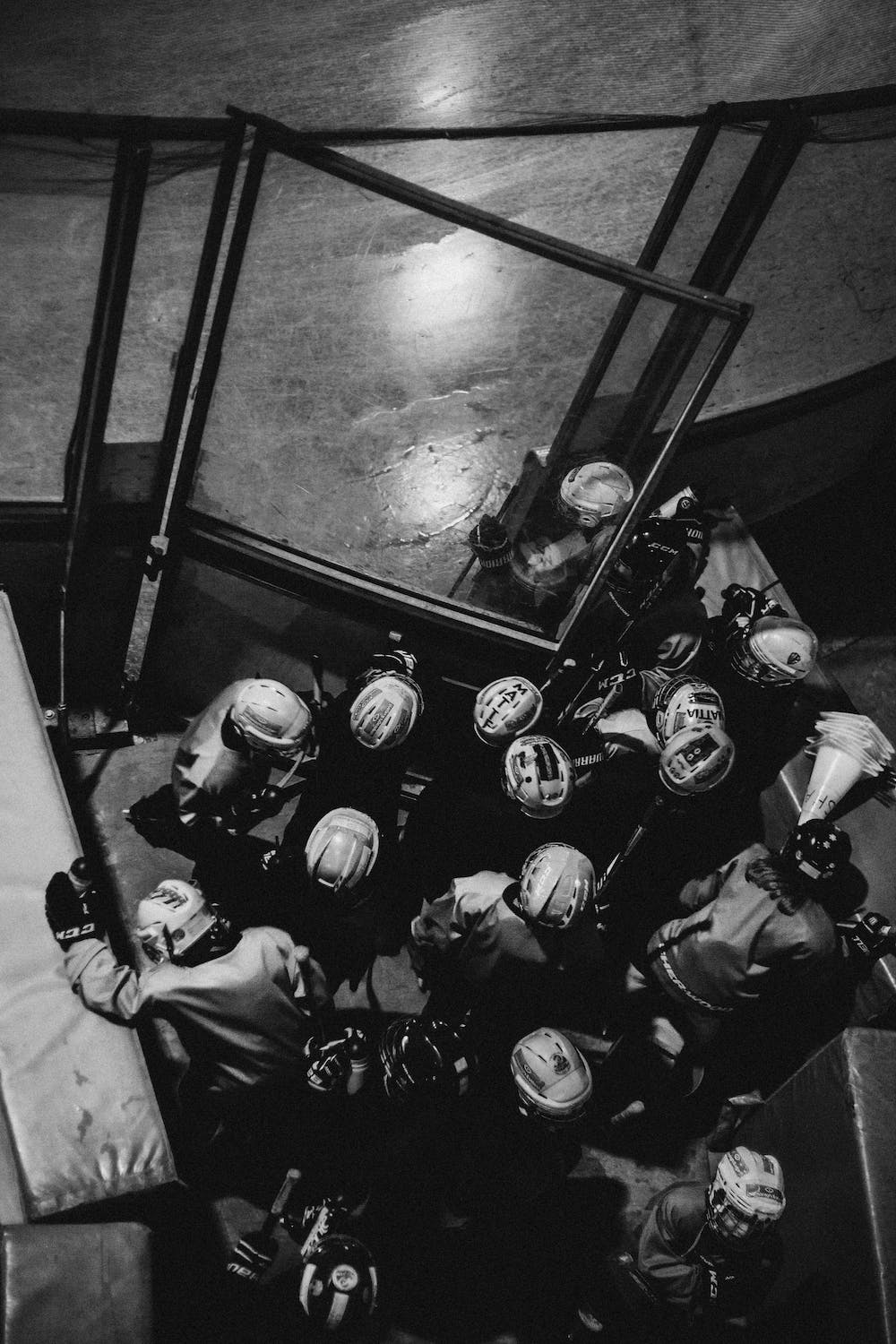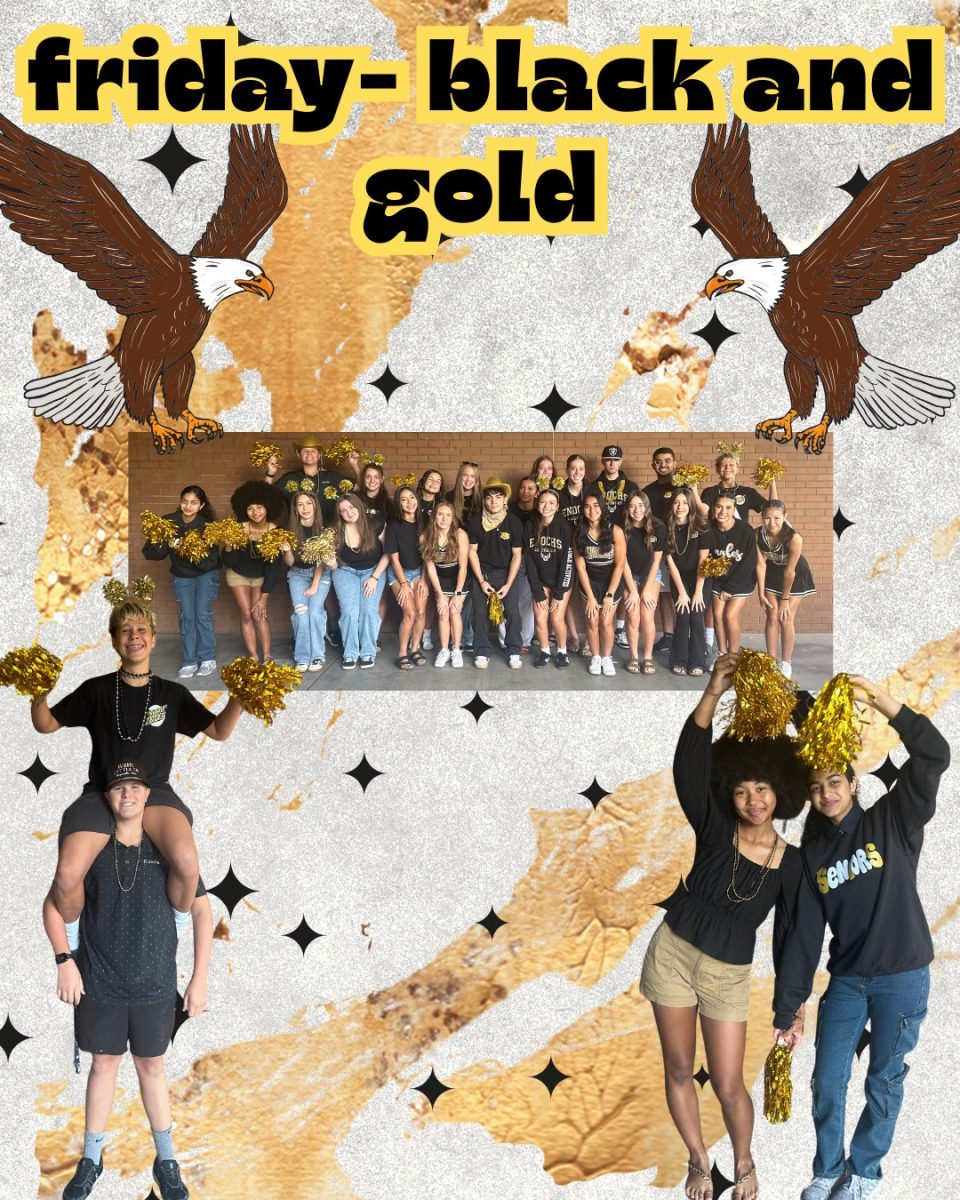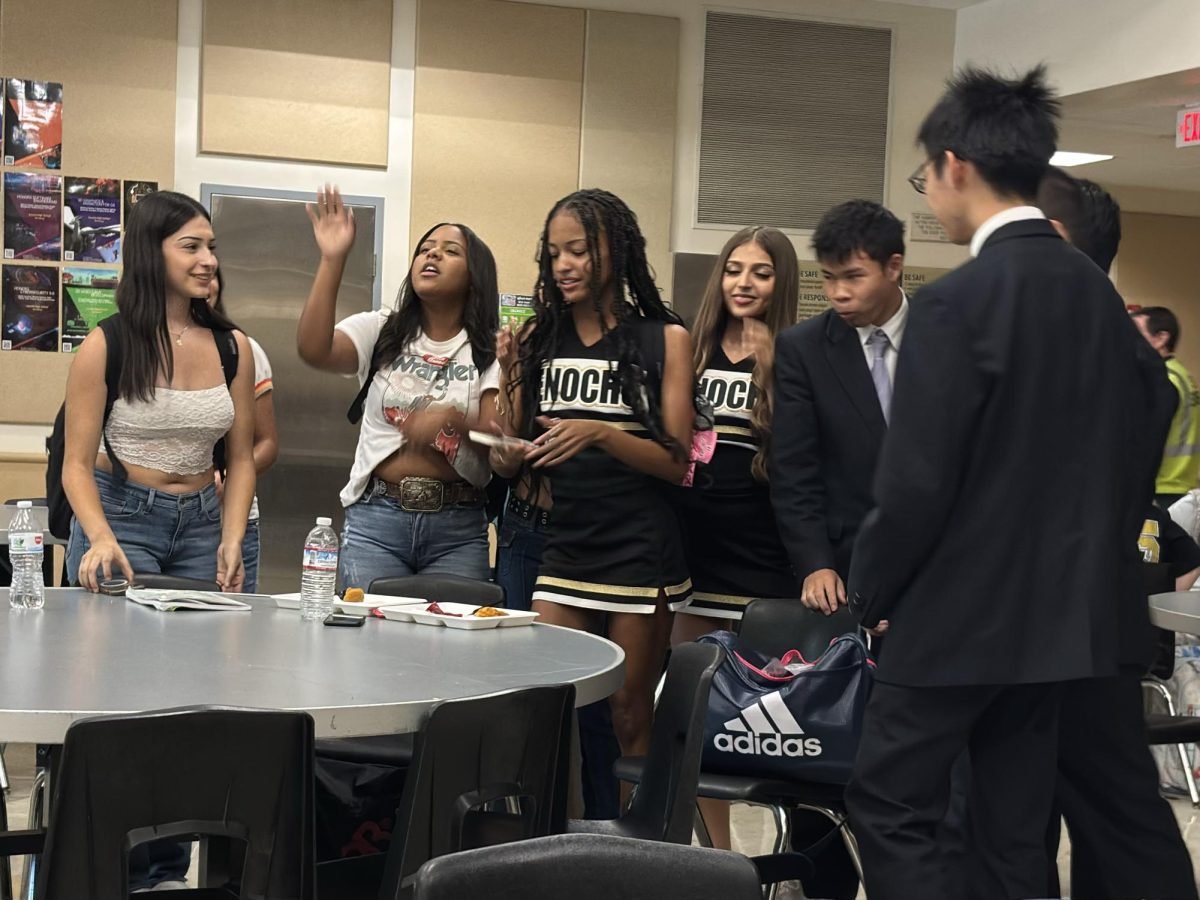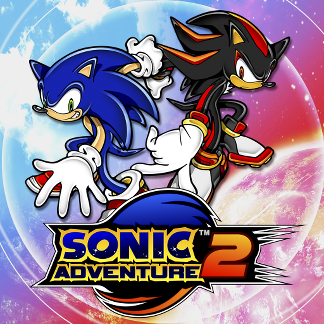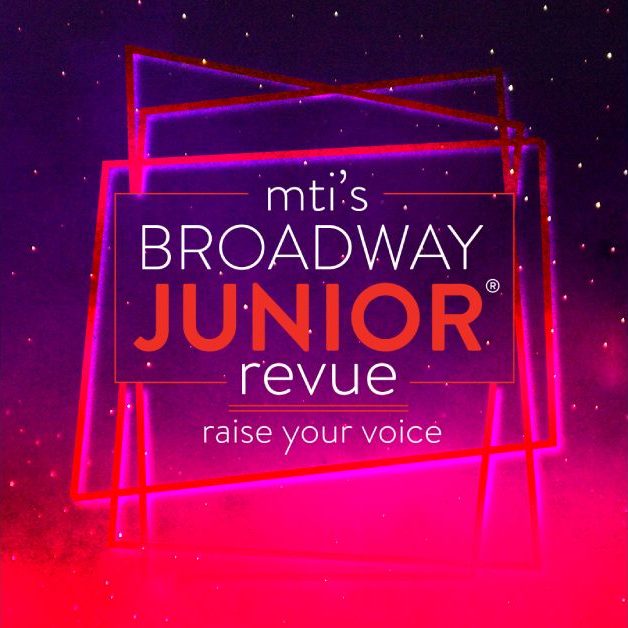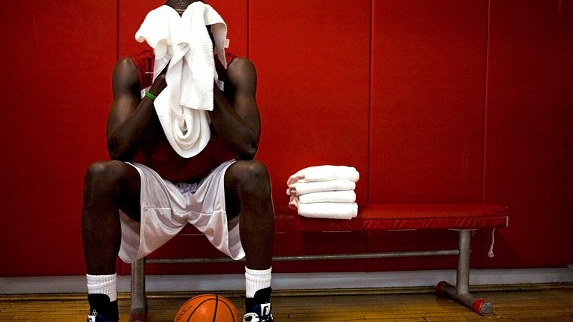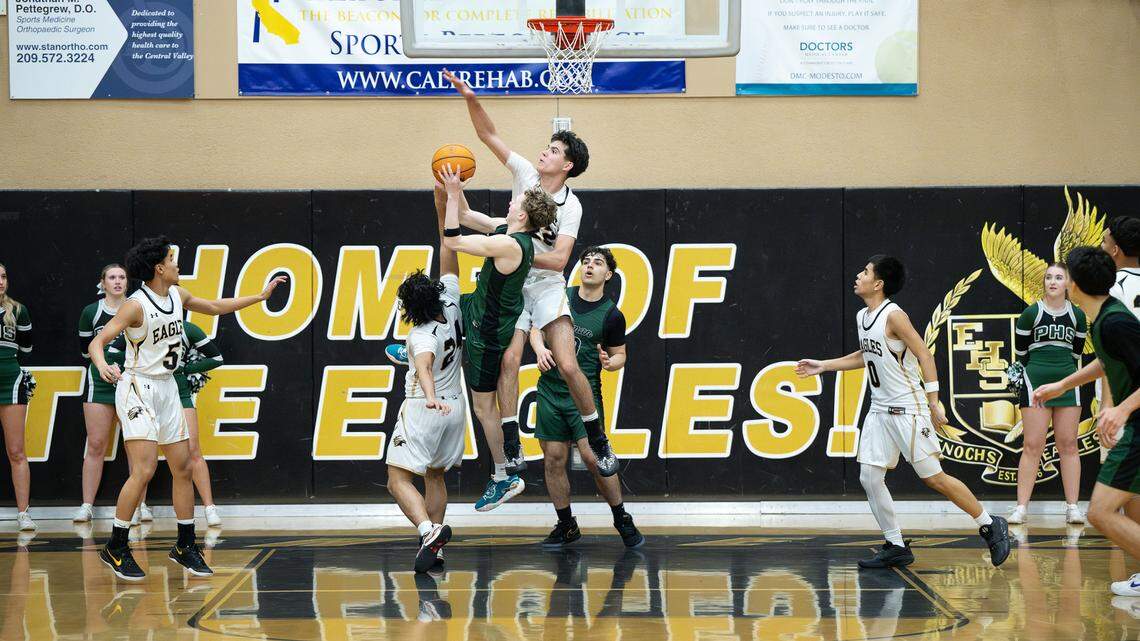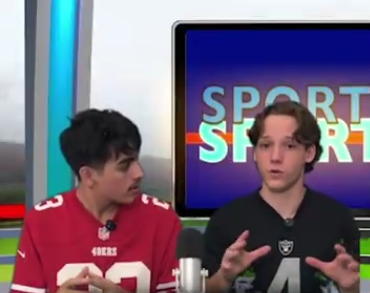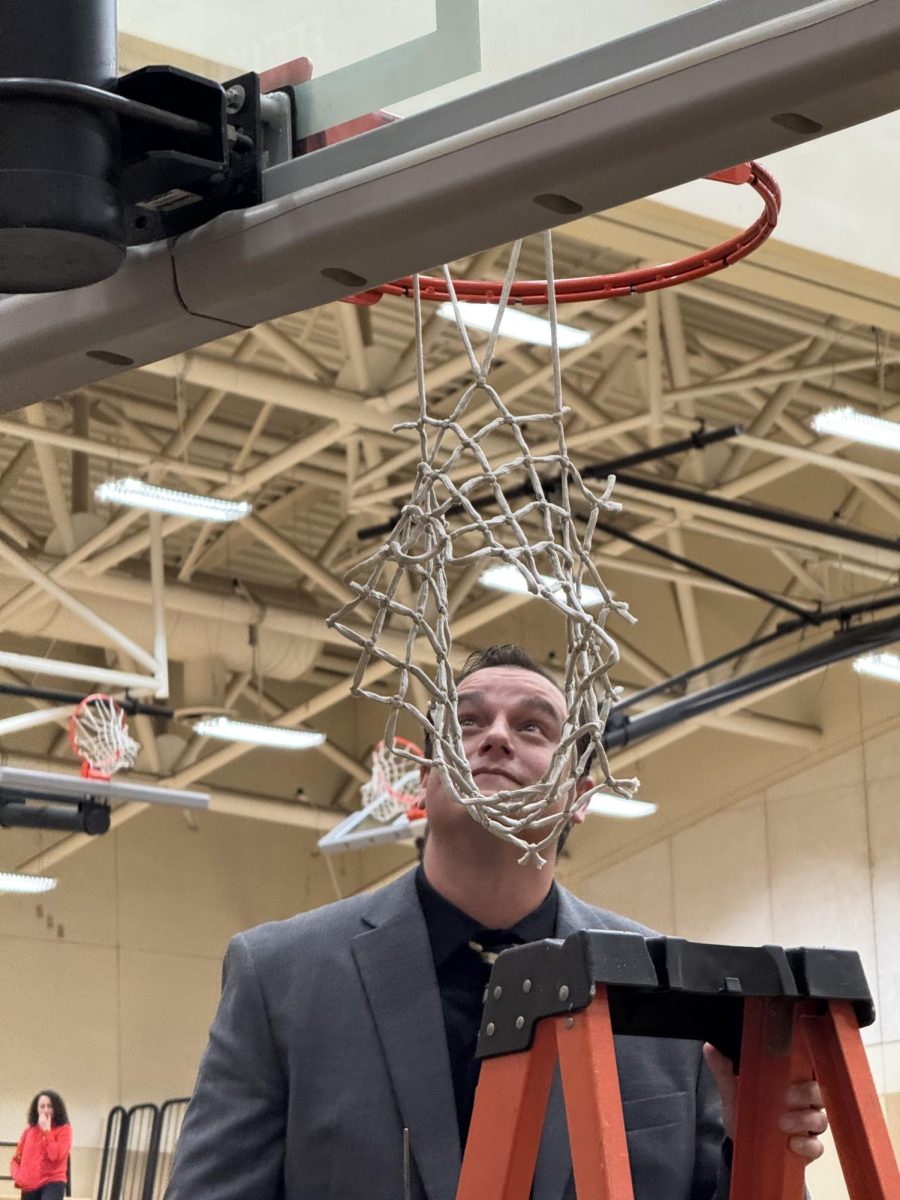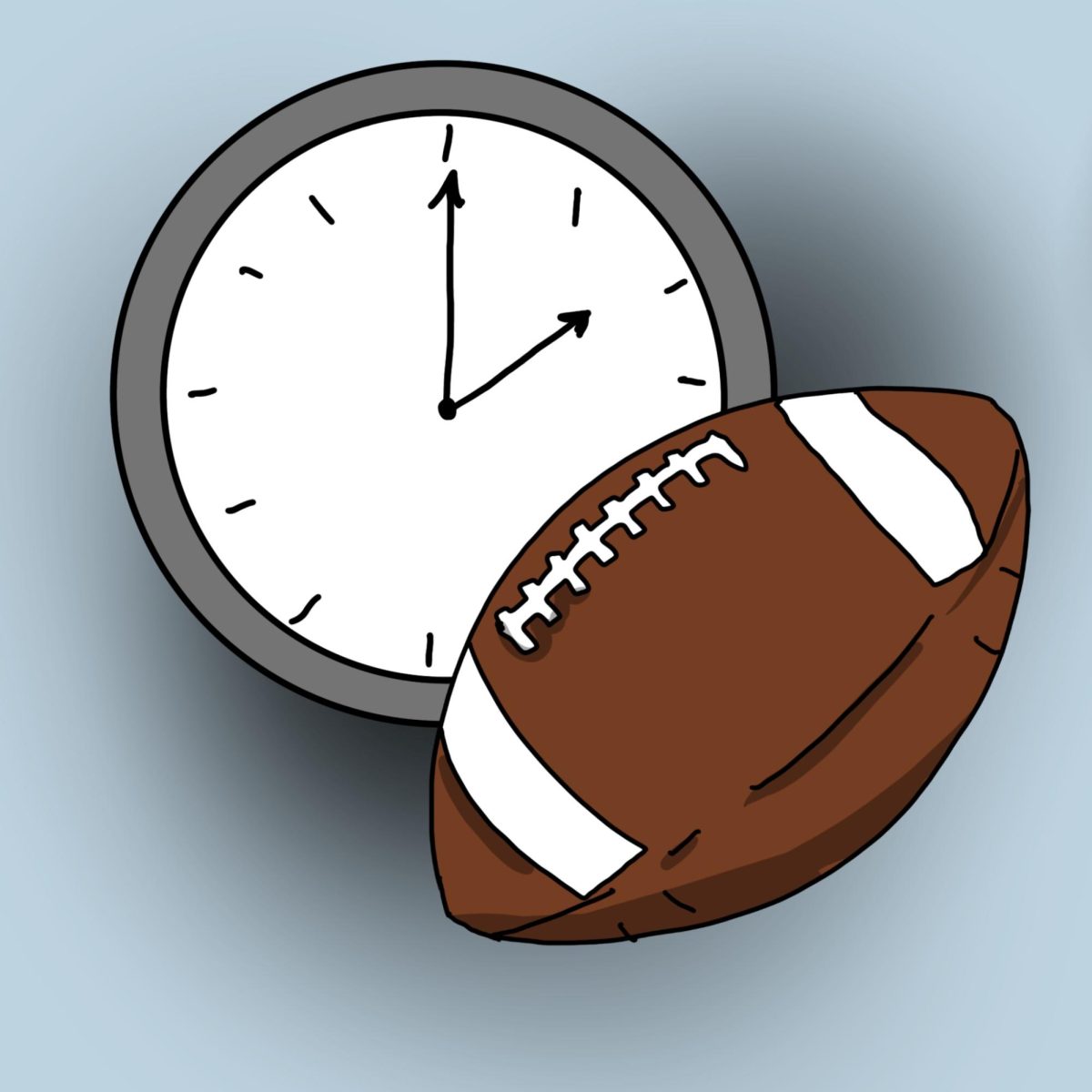Las Vegas has always been a hub for sports betting and gambling so it is no surprise that they would eventually get a chance to get a team to call their own. Their wish came true on March 1st, 2017 when they were awarded the National Hockey League’s 31st expansion franchise. Afterward, the owners, William “Bill” Foley and his company, Black Knights Sports and Entertainment Group needed to choose a team mascot. They settled on the name “Knights” because according to him “The knights are the epitome of the warrior class, the top of the line in terms of defending the realm, defending the unprotected.” However, Foley found out that this name was already trademarked by the London Knights of the Canadian Hockey League up north so he couldn’t use it for his own team. The “Golden” part was added later on because he believed it was the “No. 1 precious metal” and the state is known to be the largest gold producing state in the nation. Also around this early phase in the franchise’s history, Foley made a bold prediction after being asked when he thinks his team can lift the Stanley Cup saying, “It should be six years now… six years.” but no one really believed him at the time because the team didn’t have any players. However, that is going to end up not to be the case a few short months later.
The expansion draft finally happened on June 21st, 2017. Vegas had to choose a minimum of 14 forwards (offensive players), nine defensemen, and three goaltenders but they could pick whoever was unprotected. Protected players included ones were currently under contract with their respective teams, players with “no-movement clauses” in their contracts (who must be protected), and all players with two years of NHL or less. Some notable players from this draft were left-wing William Carrier, centers William Karlsson, and Jonathan Marchessault, and defenseman Brayden McNabb. They, along with the rest of the players from that draft were given the nickname the “Golden Misfits” since they were made up of players who were dropped from their team.
The Golden Knights came into their inaugural season with low expectations but came out of their first season with a record of 51-24-7 which translates to 109 standings points and first place in the Pacific Division. Some major highs from this season were when the misfits went 11-1-1 in December of that year against the powerhouses of the time in the Capitals, Sharks, Lightning, and Ducks, while their lowest low was going 7-5-1 the month before. Coming into the playoffs, their first opponents were the fourth-place Los Angeles Kings, which they easily swept in four games. Some highlights from this series were a 2-1 win at home in game two and a 3-2 win in second overtime on the road in game three. The misfits’ next series was against the San Jose Sharks, and against the Winnipeg Jets, where they won in six and five respectively, to get to the 2018 final. In the final, the misfits faced the Washington Capitals, who were coming off of a close seven game series against the Lightning. The Knights were coming into the series as the favorites to win it all after what they did so far. However, even though they won game one, the Capitals would match them and go on to win three more with limited misfit resistance.
After coming so close to the cup, the Golden Knights knew that they needed to make some changes. However, they didn’t make those changes all at once. They started by scrapping Marc-Andre Fleury. Flowers, as he became known by fans, was traded to the Chicago Blackhawks after winning the Vezina Trophy for being the best goalie as voted by all 31 general managers (before eventually being traded to the Minnesota Wild later on). They also drafted Center Paul Cotter in 2018 and acquired goaltender Aiden Hill and Ivan “Barbie” Barbachev through trades with the Sharks and the St. Louis Blues earlier this year.
Going into their sixth season as a franchise, the Knights were coming off their first-ever season where they weren’t in the playoffs. Before the season even started, they decided to start a marketing campaign called “The Golden Age”. With this campaign to begin the new season also came a costume change to fit with the theme. The season itself was slightly worse than their inaugural run, but compared to the one that they had the previous year, it was a major improvement. By the time the season ended, they had a record of 51-22-9, which translated to 111 standings points and first place in the Pacific Division (Deja Vu, anyone?).
After locking in their spot in the post-season, the Knights launched another campaign to “UKnight the Realm” under their control by being Stanley Cup champions. They started their playoffs with a familiar opponent in the Winnepeg Jets, who, after a hot 5-1 game one win, the Knights cooled down by winning four high scoring games to take the series. Next were the Edmonton Oilers in the second round and the Dallas Stars in the Conference Final. Both teams, coming off of winning a close games against the Kings and the Seattle Kraken respectively, tried to keep the series close by countering every win that the Knights had but both teams ended up being conquered by the Knights in six games. The Golden Knights had done it again: they were back in the Stanley Cup Final.
The Golden Knights’ rivals this time were the red-hot Florida Panthers. Throughout their playoff run as the Wild Card in the Eastern Conference, they took down top teams, including defeating the Presidents’ Trophy-winning Boston Bruins in the first round in seven games, and sweeping the second-ranked Carolina Hurricanes in the conference championship series. Not faltering under the pressure, the Golden Knights came into the series confident and that confidence continued to increase after demolishing the Panthers at home, giving them a comfy 2-0 series lead to start out. However, once they were out of the Fortress, the Panthers took their chance and won game three in overtime 3-2. The Knights, not wanting to give them too much momentum, won game four in Sunrise, FL with the same score to set up a cup-clinching game at home days later. They put in what they had of their original misfit team as the third period was winding down after realizing that they would end up getting the cup to mark the occasion as they won that final game 9-3 over the Panthers.
Looking back on their journey to this point, I can say that this team can go the way of the “Broad St. Bullies” Flyers team in the 70s and be the team that everyone loves to hate or the New York Islanders in the 80s and become the next major hockey dynasty. Either way, this team will be a problem throughout the league for years to come.


